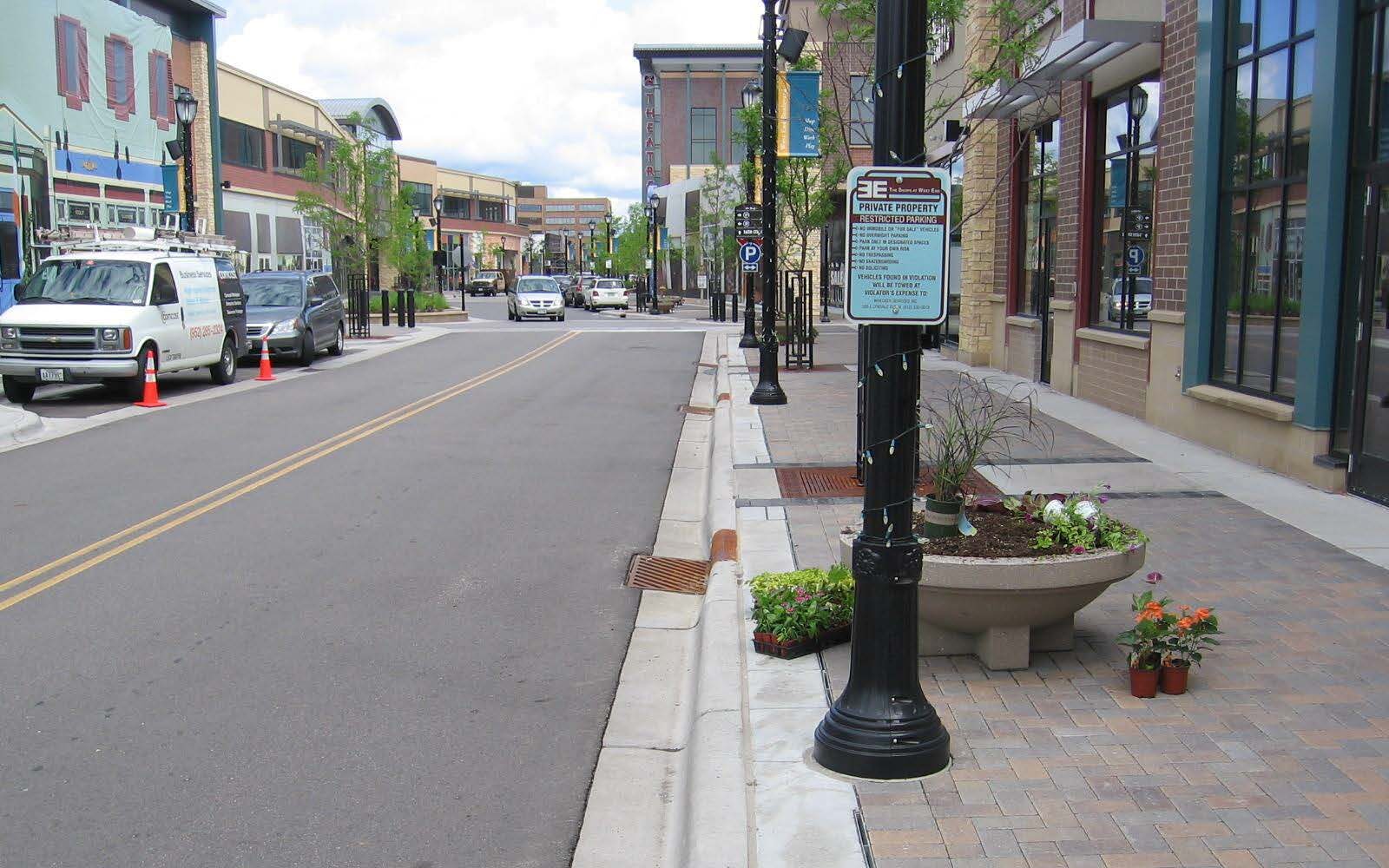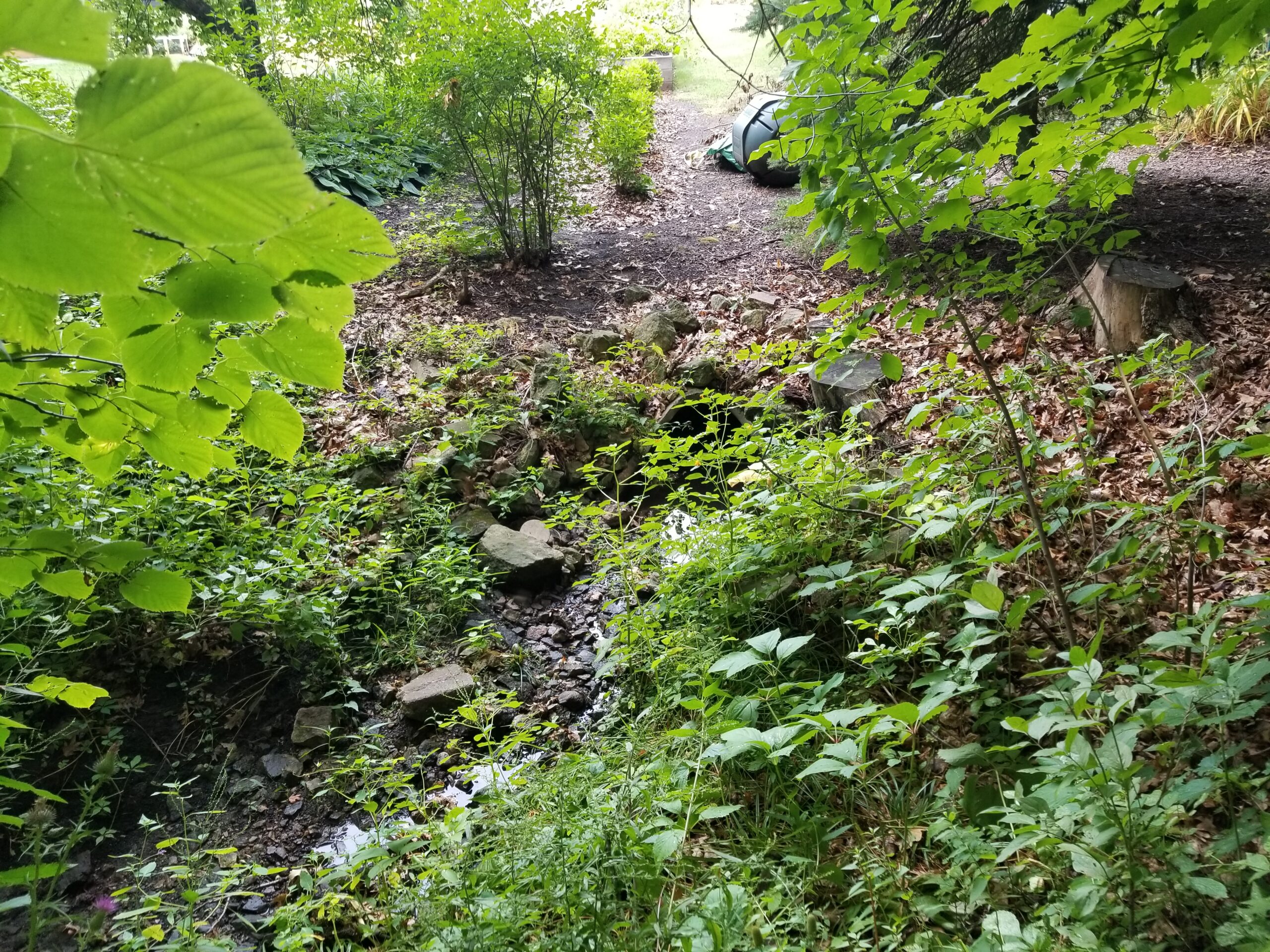
Land & Water Partnership Program
Bridging Land and Water Planning
The Land & Water Partnership (LWP) program builds bridges between land and water planning, to deliver projects that improve the watershed and support thriving communities.
By cultivating relationships with the land use community, promoting early coordination, and offering technical and financial resources, we encourage collaborative planning that brings water into community development, infrastructure, parks and placemaking to deliver projects that support the goals of our partners.
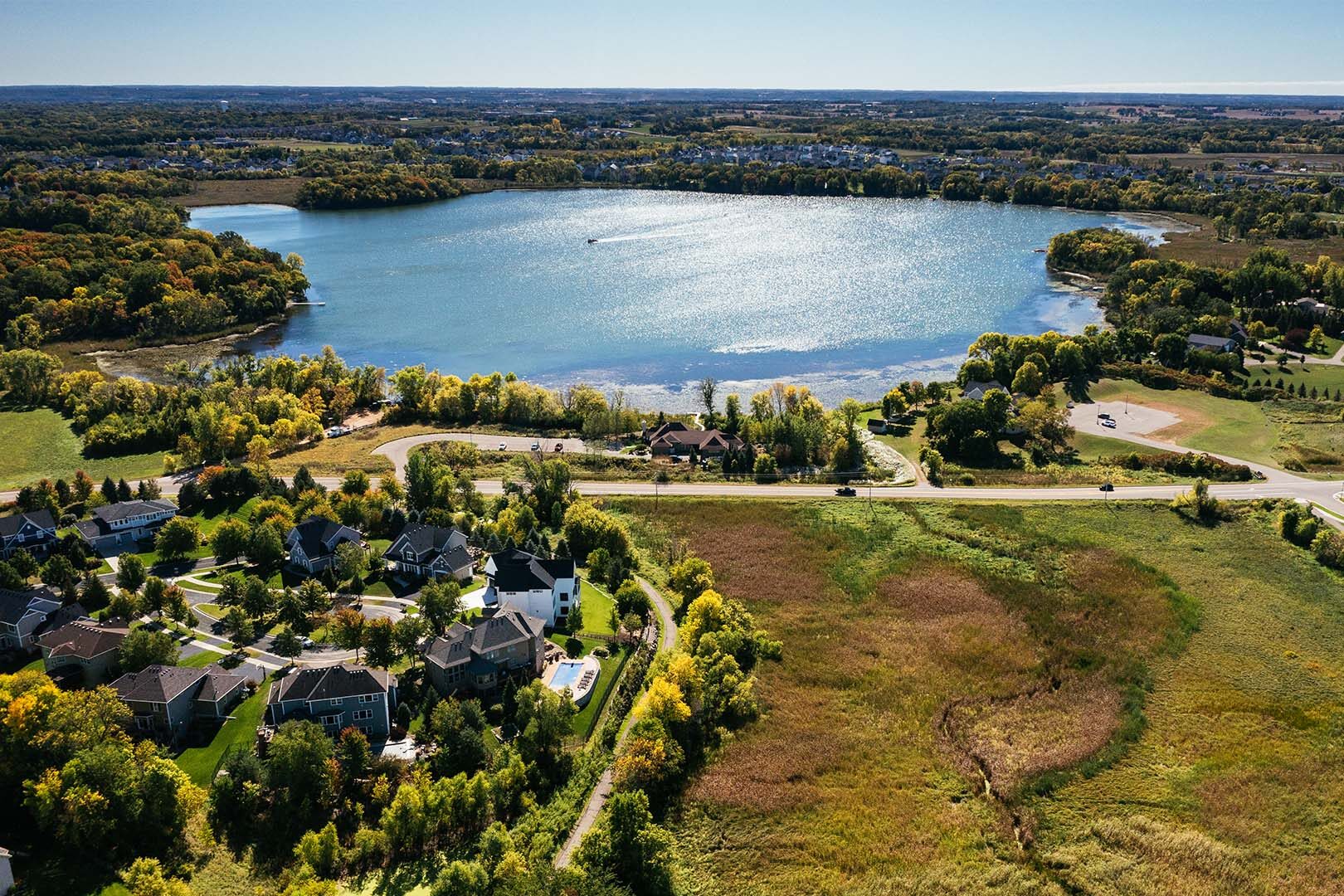
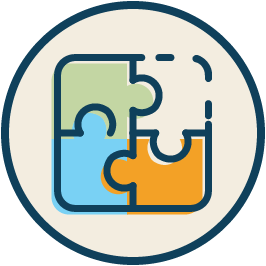
Early coordination
The LWP program promotes early coordination to develop projects that provide mutual benefits.
We want to connect early, whether through sketch planning a development, small area planning, master planning parks and open space, or investigating infrastructure feasibility.

Value-Added Partnership
The LWP program provides support from concept development through construction.
We will be your partners in planning, helping advance your goals in ways that benefit the watershed and can be funded through our capital improvement program.
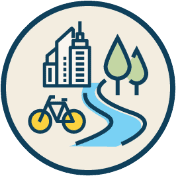
Large-scale projects
The LWP program supports projects that will provide regional water resource benefit.
We will work together to identify high-impact projects and funding strategies, that improve water quality, address flooding, and bring value to the community.
Process and Timeline
We work with a Technical Advisory Committee made up of cities and other public partners to determine how we identify, evaluate, and support promising opportunities.
The LWP program currently is in a pilot phase and is now accepting requests for assistance on a limited basis. Contact Kate Moran, Policy Planning Coordinator, for more information.
Discover other ways we can work together to protect and enhance water resources across the watershed.
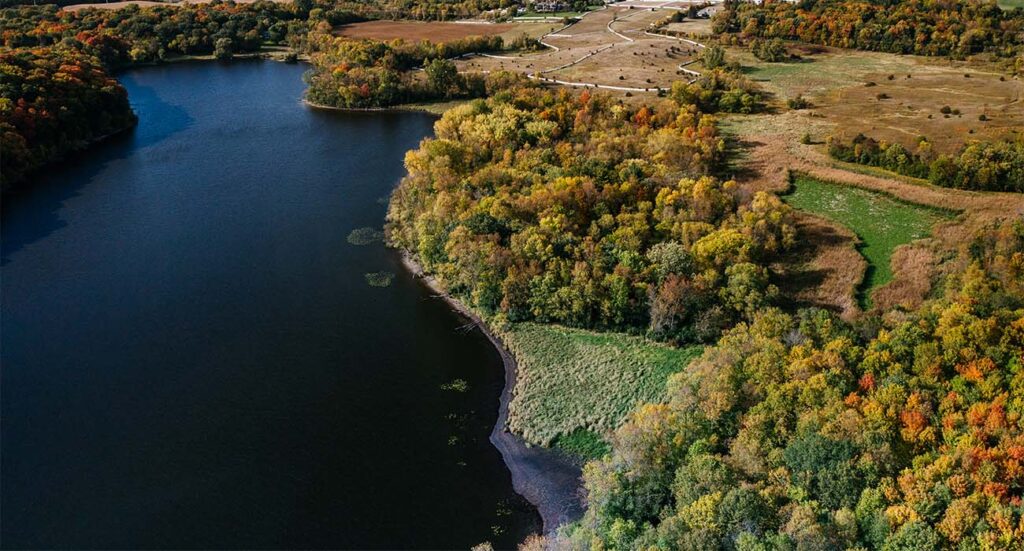
Land & Water Partnership Projects
The Land & Water Partnership program is in its pilot phase, but MCWD is beginning to support projects around the watershed. The following projects were implemented with the pilot program or a similar approach.

